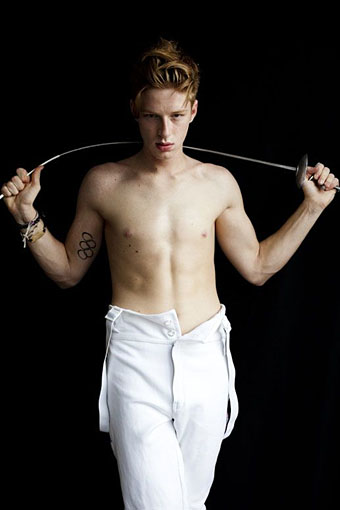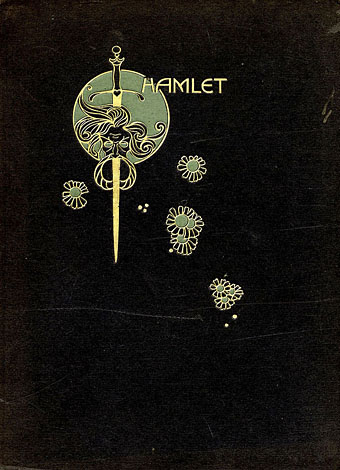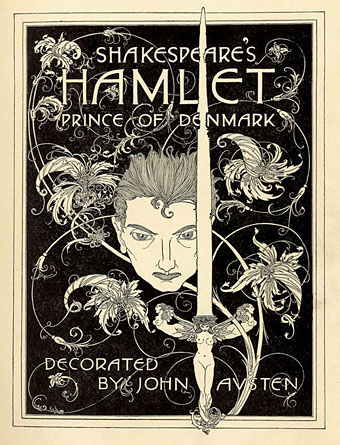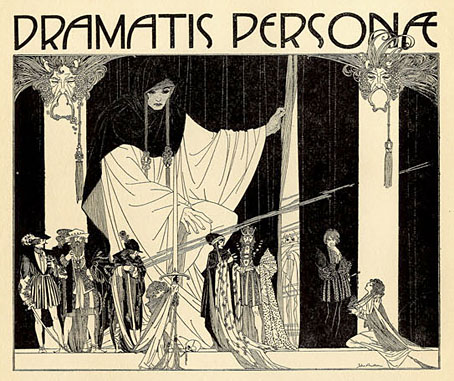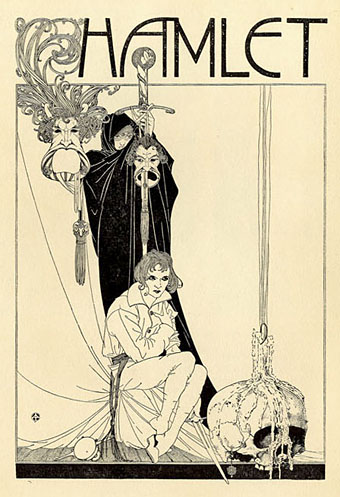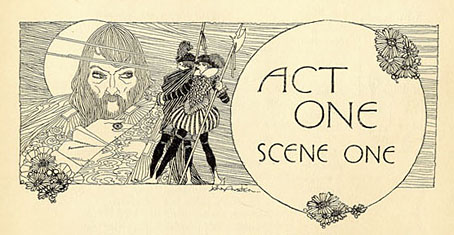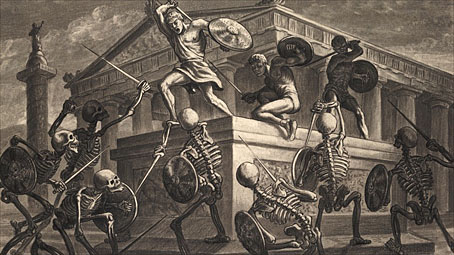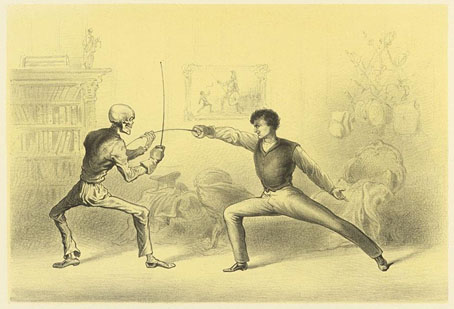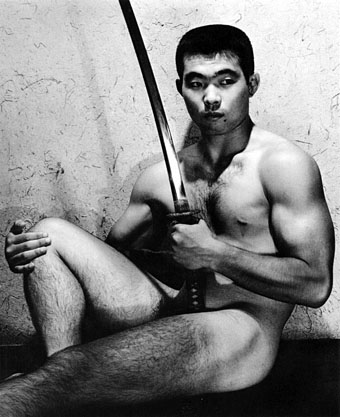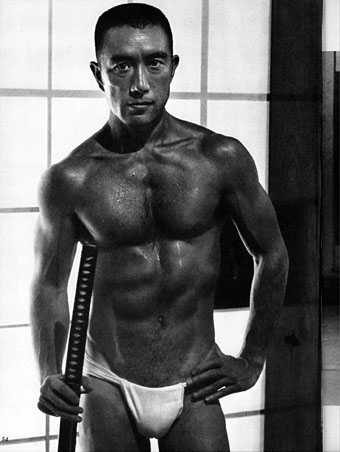Race Imboden.
The Men with swords archive hasn’t received much attention recently, the last addition being in May 2012. Had I been more diligent I might have found a photo or two of American fencer Race Imboden before now, the picture above being one of many such images at a Pinterest page entitled Art of Fencing. Many of the pictures there are sport-related but the concerns are also a little less academic, in fact at least two of them are things I’ve posted myself in the past.
If you spend a lot of time scouring the web for images then Pinterest has become very useful, very quickly with all manner of niches and micro-niches covered. That this has happened just as Flickr has been rendered unusable by idiotic interface changes is especially welcome. So we’ll say farewell, Flickr, if we want more pictures of the pulchritudinous Race Imboden in future we’ll look here.
Elsewhere on { feuilleton }
• The men with swords archive

